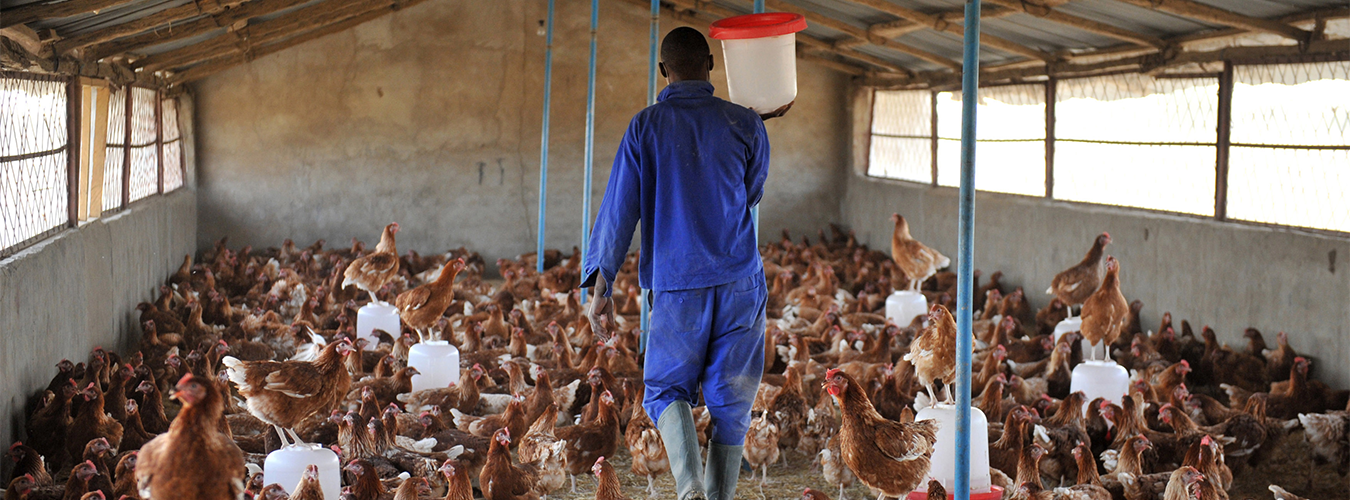
The History of South-South Cooperation
The world has undergone a major economic and political transformation in the last two decades. The changes, particularly in the South, have been more rapid than at any time during a similar span in world history. Relationships within the South and between the South and the North have taken on entirely new dimensions. Key current issues such as the environment and climate change, energy and food security, global poverty, the linkage between growth and equity, and migration are today more global than North-South in nature.
Many countries in the South have built up significant financial and technical capacities. They have begun to transfer some of these resources, on concessional and non-concessional terms, to other countries in the South in the context of an inclusive approach to the management of global problems, spreading the benefits of globalization more widely, creating new markets, and building a broader foundation for sustainable economic growth.
All these efforts were reaffirmed and extended with the adoption of the 2030 Agenda for Sustainable Development by the UN General Assembly.
The UN as a bridge to cooperation through UNOSSC
The UN history of South-South cooperation dates back to 1949 with the establishment of the first UN technical aid programme by the Economic and Social Council and the creation of the United Nations Development Programme (UNDP) in 1965.
In 1974, the United Nations General Assembly endorsed "the establishment of a special unit within the United Nations Development Programme (UNDP) to promote technical co-operation among developing countries." This special unit would become the United Nations Office for South-South Cooperation (UNOSSC), the main office tasked to coordinate South-South and triangular cooperation globally and within the UN system.
In 1978 the conference of the Global South on TCDC was held in Buenos Aires, resulting in the adoption of the Buenos Aires Plan of Action (BAPA) for Promoting and Implementing Technical Cooperation among Developing Countries (TCDC), one of the main pillars for South-South cooperation. With this endorsement, the Special Unit was strengthened in order to fulfil its primary mandate, set forth in BAPA. Finally, in 2013, this Unit would be renamed the United Nations Office for South-South Cooperation (UNOSSC), as we know it today.
Another milestone was set in 2009 during the High-level UN Conference on South-South Cooperation held in Nairobi, Kenya. At this conference, participants produced the Nairobi outcome document, highlighting the roles that national governments, regional entities and UN agencies have to play in supporting and implementing South-South and triangular cooperation.
After the adoption of the 2030 Agenda for Sustainable Development in 2015, the General Assembly convened in 2019 the second high-level United Nations conference on South-South cooperation (BAPA+40) on the occasion of the fortieth anniversary of the adoption of the Buenos Aires Plan of Action.
At this event, world leaders adopted an outcome document urging even greater South-South cooperation toward achieving sustainable development.

History in depth
Get more information about the history of United Nations and UNOSSC in South-South Cooperation.

